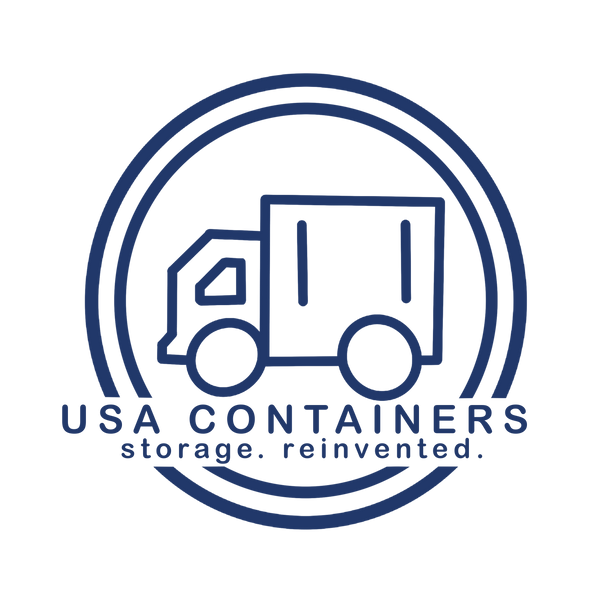
Shipping Container Fish Farms: A Scalable Solution for Sustainable Seafood
Share
A shipping container fish farm is exactly what it sounds like — a fish farming operation housed inside a standard shipping container. Typically measuring 20 or 40 feet long, these containers are retrofitted with tanks, pumps, filtration systems, and environmental controls to create a self-contained aquaculture environment.
Think of it as a controlled ecosystem in a box. Water temperature, oxygen levels, pH, and waste removal are all managed through technology, allowing for precise oversight of fish health and growth. Depending on the setup, farms can raise tilapia, catfish, trout, or even more delicate species like shrimp or barramundi.
Some operations even integrate aquaponics, pairing fish production with leafy greens that feed off nutrient-rich wastewater, creating a sustainable, closed-loop system.
Aquaponic Farms in Shipping Containers: The Future of Food
Why Use a Shipping Container for Fish Farming?
Shipping container farms aren't just trendy—they solve real-world problems.
1. Space-Saving Efficiency
For urban farmers or those working with limited land, a containerized system provides maximum output in a compact footprint. A single 40-foot container can house thousands of fish, stacked vertically in tanks or raceways.
2. Year-Round Production
Because these systems are fully enclosed and climate-controlled, they aren’t affected by seasonal changes or extreme weather. That means consistent output regardless of location — whether you’re in a snowy mountain town or a scorching desert.
3. Mobility and Modularity
Unlike traditional ponds or in-ground tanks, a shipping container fish farm can be relocated if needed. This flexibility makes it ideal for pilot projects, research, or testing new markets without permanent infrastructure.
4. Biosecurity Control
Controlling the internal environment helps reduce the risk of disease outbreaks, parasites, and contamination. It’s easier to enforce strict hygiene protocols in a contained space than in an open system.
5. Sustainable Water Use
Most shipping container fish farms use recirculating aquaculture systems (RAS), which filter and reuse water rather than constantly pumping in new supplies. That makes them significantly more water-efficient than traditional methods.
The Technology Behind the Tank
Modern shipping container fish farms are driven by automation. Sensors constantly monitor water quality metrics — ammonia levels, nitrates, oxygen saturation — and adjust systems in real time. LED lighting may be used to simulate natural cycles or optimize fish growth.
Filtration systems usually include mechanical filters, biofilters for nitrogen cycling, and sometimes UV sterilization. Advanced units may even incorporate remote monitoring, allowing operators to check conditions and receive alerts via smartphone.
In many ways, these setups borrow from hydroponic agriculture and aquarium tech — just scaled up and tailored to commercial aquaculture needs.
Costs and Considerations
Despite the many advantages, containerized fish farming isn’t a plug-and-play solution. Startup costs vary widely depending on your goals, species, and level of automation, but a fully equipped 40-foot unit can run anywhere from $40,000 to $100,000 or more.
Here are some factors to think through:
-
Species Selection: Tilapia are popular due to their hardiness and fast growth, but market demand and regulatory guidelines should guide your decision.
-
Power Supply: RAS systems are energy-intensive, requiring reliable electricity. Some farms offset this with solar panels or backup generators.
-
Waste Management: While RAS minimizes water usage, fish waste still accumulates. Plan for filtration maintenance and proper disposal or reuse (such as compost or fertilizer).
-
Local Regulations: Zoning, food safety, and aquaculture permits can vary by region. It’s essential to research your local laws before investing.
-
Market Access: Know who your buyers are. Local restaurants, grocery stores, or farmer’s markets may be ideal for small-scale operators, while larger systems may target wholesalers or processors.
The Rise of the Micro-Farm Model
Shipping container fish farms are part of a broader movement toward decentralized food production. In much the same way that vertical farming is reshaping produce supply chains, compact aquaculture is changing how and where we raise seafood.
Micro-farms can shorten the farm-to-fork distance, reducing transportation emissions and ensuring fresher product. In food deserts or isolated communities, they can provide consistent access to lean protein with a fraction of the environmental footprint of wild-caught fish or traditional fish farms.
Entrepreneurs are also exploring shipping container aquaculture as a business-in-a-box solution for developing countries, disaster relief zones, or remote mining camps where traditional food logistics are impractical.
Looking Ahead
As climate change pressures global food systems and wild fisheries continue to decline, controlled-environment aquaculture offers a promising path forward. Shipping container fish farms may seem unconventional, but they embody the kind of smart, scalable thinking needed to meet rising global protein demands.
And while the technology is still evolving, the results are already compelling. Faster grow-out times, better disease control, and tighter supply chains are just a few of the benefits operators are reporting. For entrepreneurs willing to navigate the learning curve, this could be the future of fish — one shipping container at a time.
Whether you're an urban farmer, a tech-savvy entrepreneur, or just someone curious about the future of food, containerized aquaculture is worth watching — and possibly investing in. By transforming shipping containers into living ecosystems, we're not just reimagining how we farm fish — we're rethinking what’s possible for agriculture as a whole.
Fill out the form below for a free shipping container quote from USA Containers:
